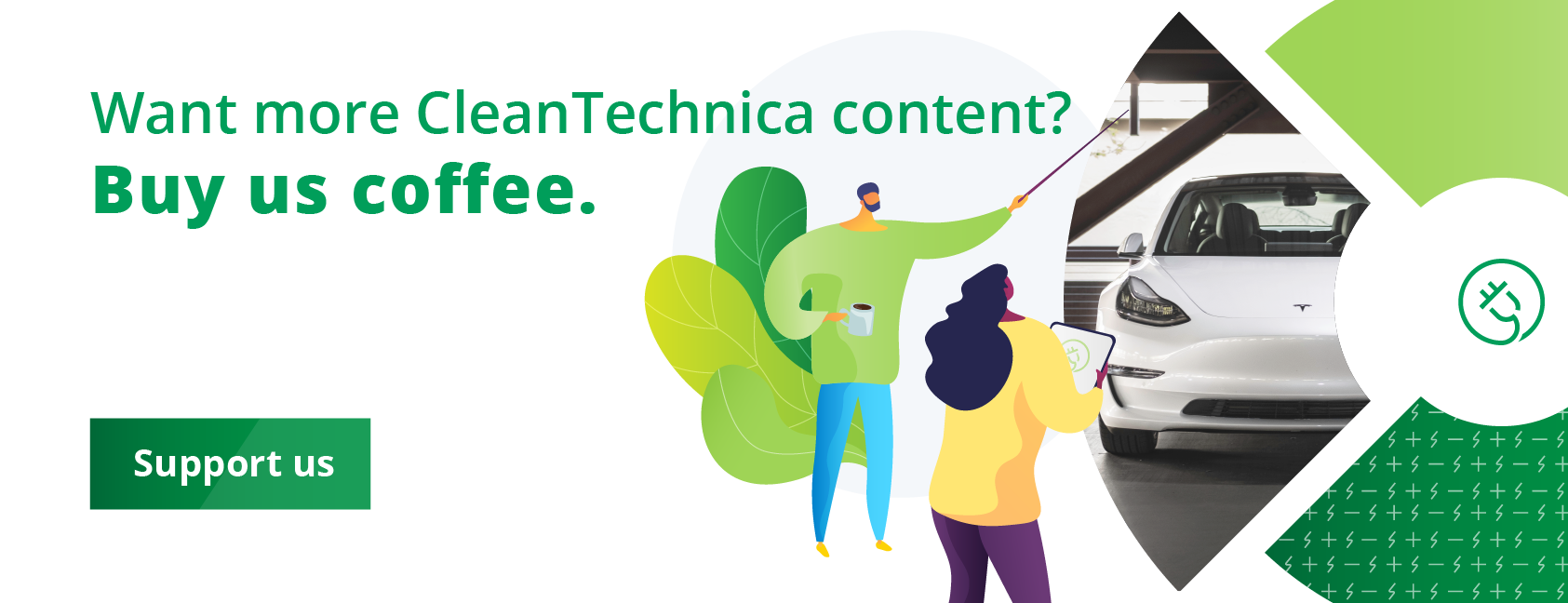
Less than a week ago, I wrote about the big win for Cruise and Waymo in San Francisco. After months of debate and even a delayed vote by the California Public Utilities Commission (CPUC), they got approval to run their robotaxis commercially 24/7 in San Francisco.
A day later, a bunch of Cruise robotaxis reportedly created a big traffic jam in The Golden City.
It was Friday night, an hour to midnight. It was up in North Beach, a little bit to the east of Russian Hill and a little bit north of Chinatown. The problem: bad cell phone service due to a music festival nearby. Reportedly, bad cell service caused Cruise routing systems to get a bit discombobulated and a traffic jam ensued.
The good news: it only lasted for about 15 minutes. A 15-minute traffic jam is definitely not pleasant, but it’s not the end of the world. Of course, that’s probably about $500 in time cost for a San Francisco techie, but then again, we can all work remotely now, right? And this is part of the pitch of the robotaxi future: even if you spend more time in traffic, it doesn’t matter, because you can do almost anything you want inside a robotaxi! You may as well call it a second living room. But, for those human drivers stuck in the Cruise traffic jam and not knowing how long they’d be stuck, I imagine it wasn’t a fun Friday evening — and I imagine it grew a bit more hatred for the “robotaxi revolution” and Big Tech. It surely contributed to the storytelling at some Friday night parties.
Part of the backlash and push to not allow 24/7 robotaxi service in San Francisco was that robotaxis were reportedly interfering with emergency services or doing things like driving through fire scenes or shooting scenes. “In a hearing last week, officials from the city’s fire department, police department and municipal transportation agency prepared a report of at least 600 incidents with driverless vehicles since June 2022, including unpredictable operations near an emergency response zone, obstructing travel to an emergency, contact or near misses with personnel or equipment and more,” CNBC summarizes. The CPUC decided that there wasn’t conclusive enough concern about this — human drivers do stupid stuff, too — and there didn’t seem to be a strong enough reason to deny 24/7 robotaxi service in San Fran. Furthermore, robotaxi companies have said their tech will improve public safety. “Early data indicates the Waymo Driver is already reducing traffic injuries and fatalities in the places where we operate,” Waymo wrote last week following the vote. “In our first million miles of fully autonomous driving, we had no reported injuries, no collisions involving pedestrians or cyclists, and every vehicle-to-vehicle event involved rule violations or dangerous behavior on the part of the human drivers.”
Many have claimed there will be less traffic and less driving because fewer people will own cars. However, other research has predicted much more traffic because robotaxis don’t just go from point to point as needed like human drivers — they drive one way to pick someone up, and then another to drop them off, and then go somewhere else to find or wait for another passenger. Also, if we are not the one having to drive, we can do things like watch live sports or Netflix or whatever and are more willing to accept growing traffic. What factors will have the biggest net effect? I have a hard time determining what is better — there are pros and cons to the robotaxis of 2023, and there are pros and cons to the broader vision of a widespread robotaxi revolution.
There are a lot of questions that we can’t answer yet. But, as a trained sociologist (and just a normal human thinking about this), I imagine there are going to be two trends that grow and grow. One is that more people will use robotaxis due to the convenience of being able to ride in a car from point to point without driving and without another human in the car with you. The other is that people will get more and more frustrated with scenarios like the one on Friday night. What will win? Convenience. But which is stronger — the convenience of riding in robotaxis or the inconvenience of traffic jams they create. I think the former, but the latter will certainly get more headlines!

Following the vote last week, Waymo wrote, “With over 100,000 signups (and counting) on our waitlist, we expect demand will be incredibly high. So to ensure riders receive a reliable service and our expansion is gradual, we’ll be welcoming new riders to Waymo One incrementally.”
The company also said, “Fully autonomous vehicles were once the unimaginable future. For many San Franciscans they’re now a daily reality and an essential mode of transportation. Since late 2022, thousands of SF residents across all neighborhoods have relied on our fully autonomous Waymo One service to get around the city 24/7. Now, we’re making the experience available to more people.” Robotaxis are here, and here to stay. (Unless companies like Waymo and Cruise can’t make a profit on them and give up — but that’s a story for another day.)
The best news of all on this topic: robotaxis are electric (because that just makes more sense), and that helps address our climate crisis. Anything that accelerates the transition to clean technology seems like it has to be a net positive at this point in time.
I don’t like paywalls. You don’t like paywalls. Who likes paywalls? Here at CleanTechnica, we implemented a limited paywall for a while, but it always felt wrong — and it was always tough to decide what we should put behind there. In theory, your most exclusive and best content goes behind a paywall. But then fewer people read it! We just don’t like paywalls, and so we’ve decided to ditch ours. Unfortunately, the media business is still a tough, cut-throat business with tiny margins. It’s a never-ending Olympic challenge to stay above water or even perhaps — gasp — grow. So …




